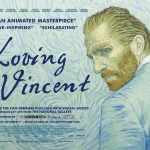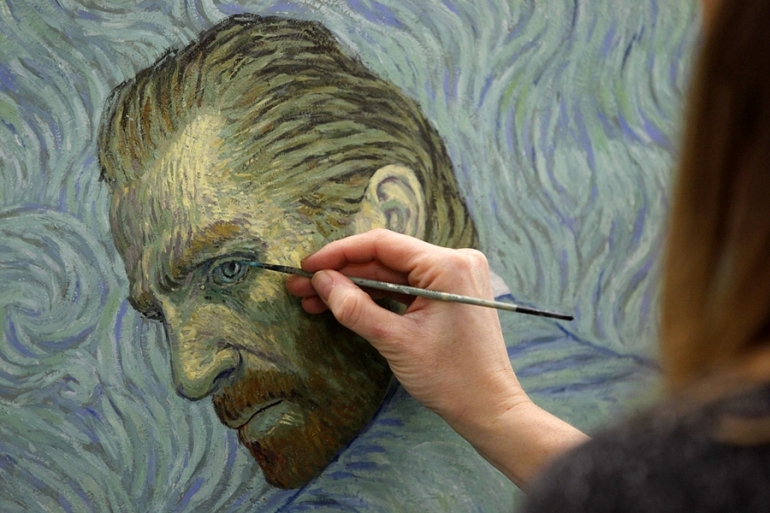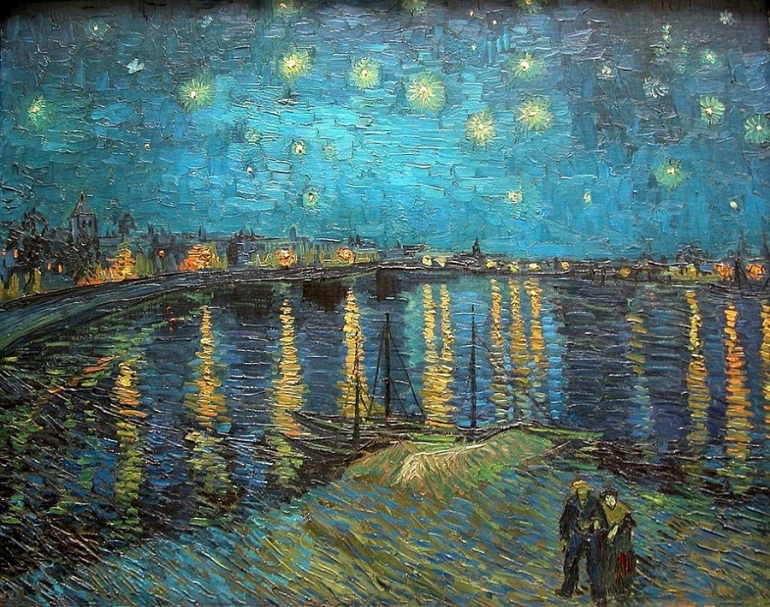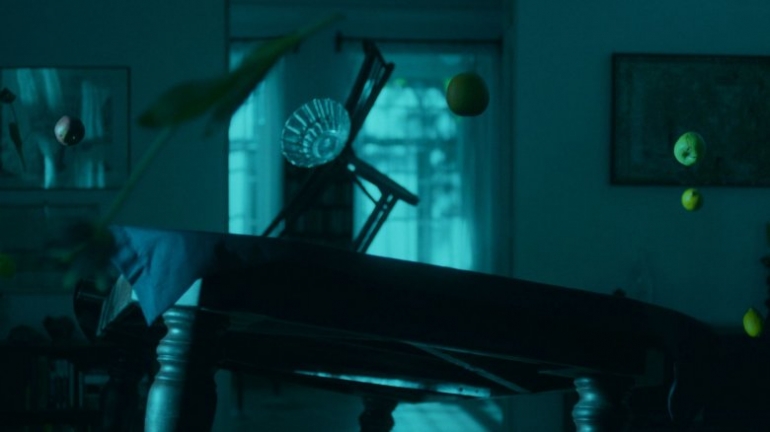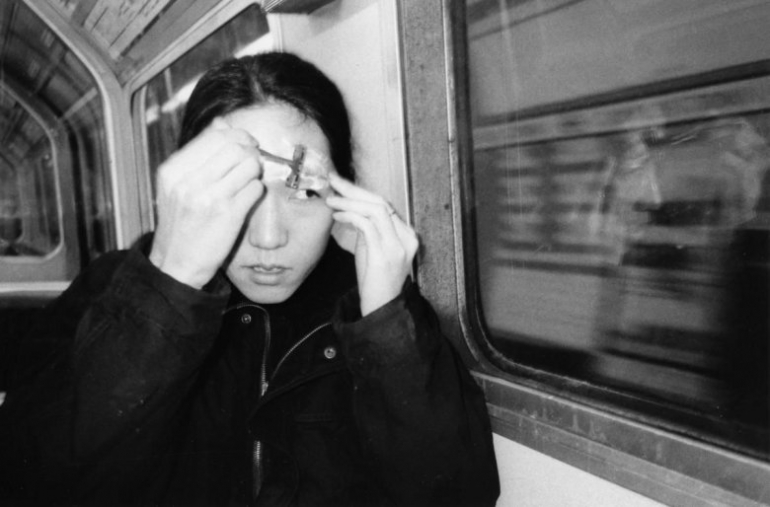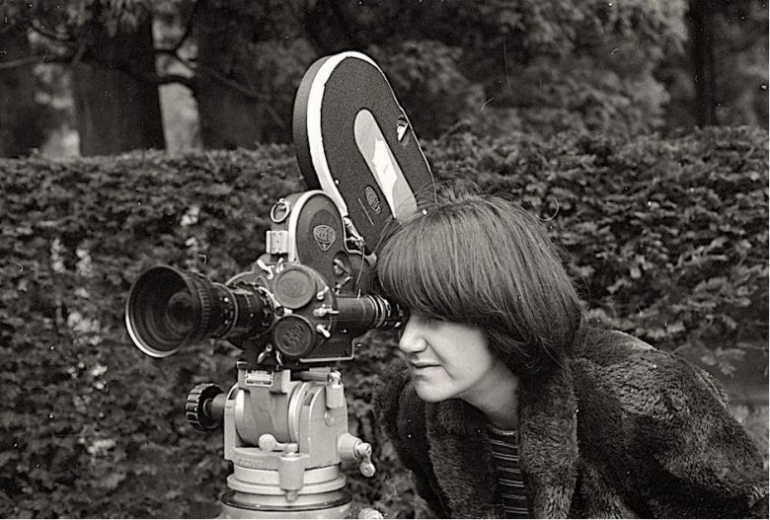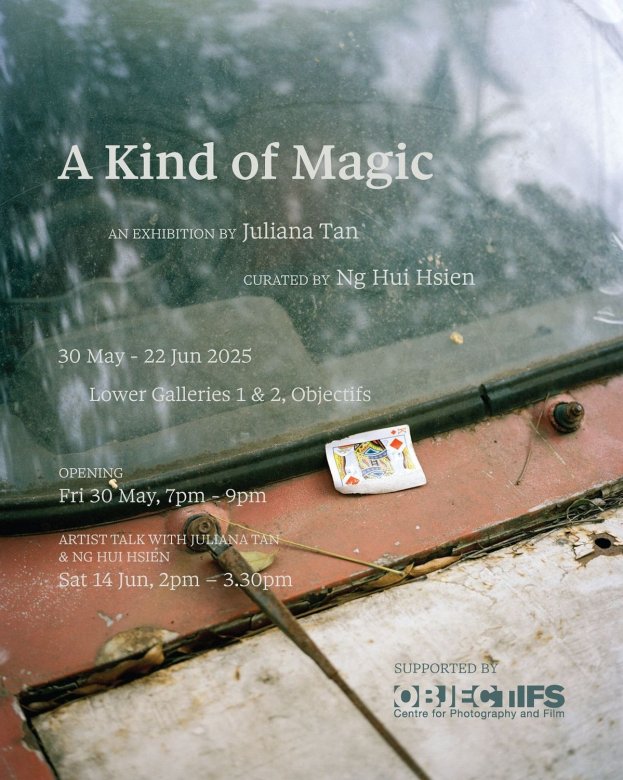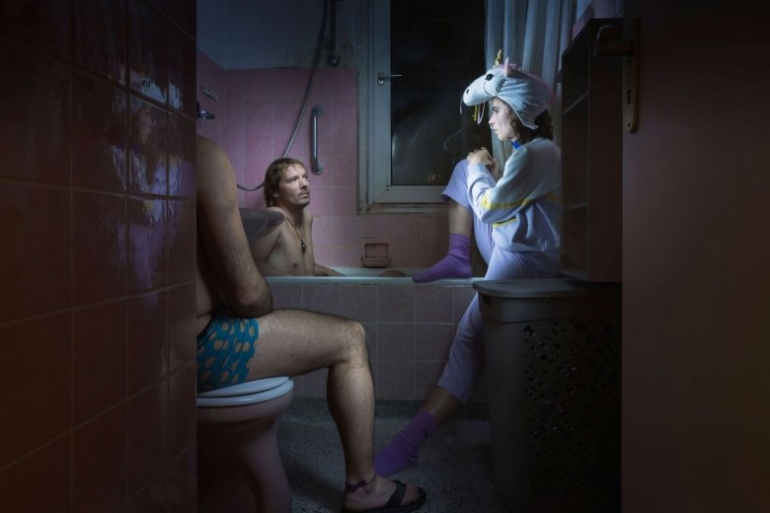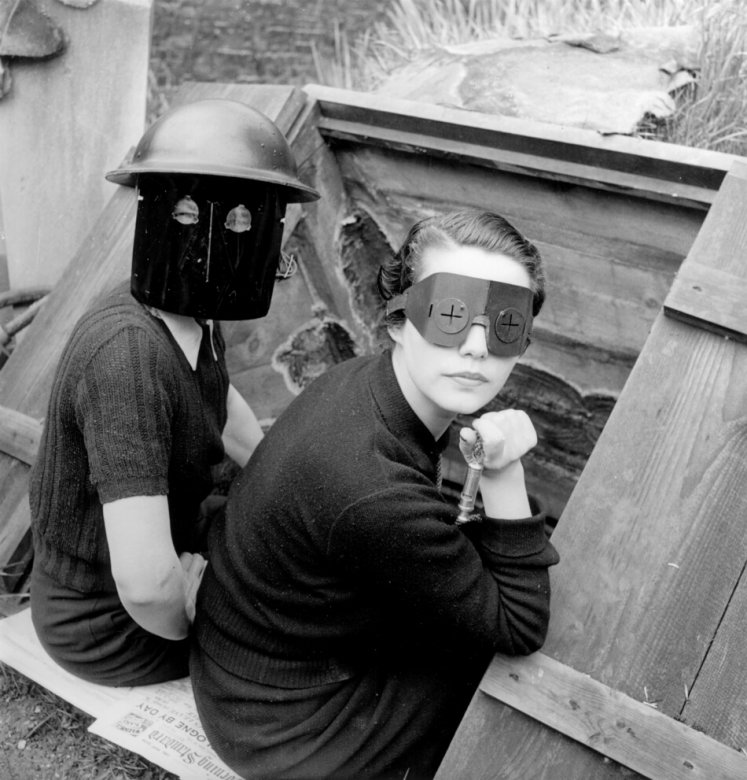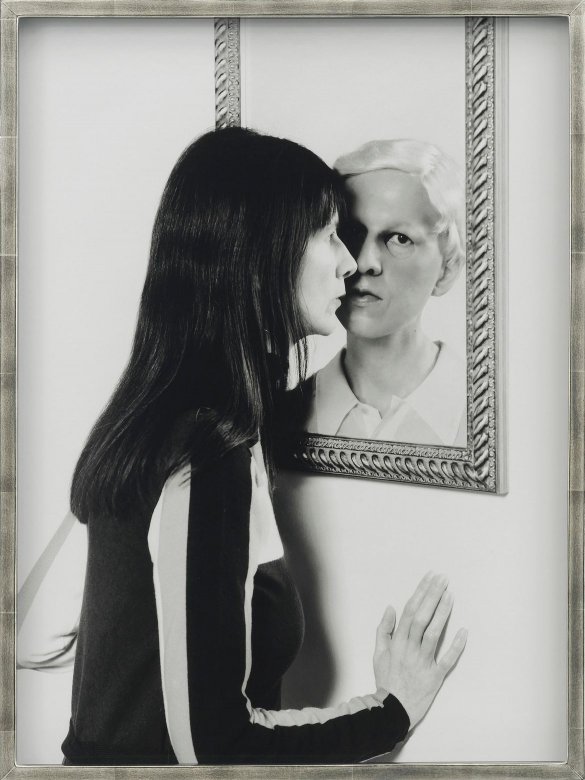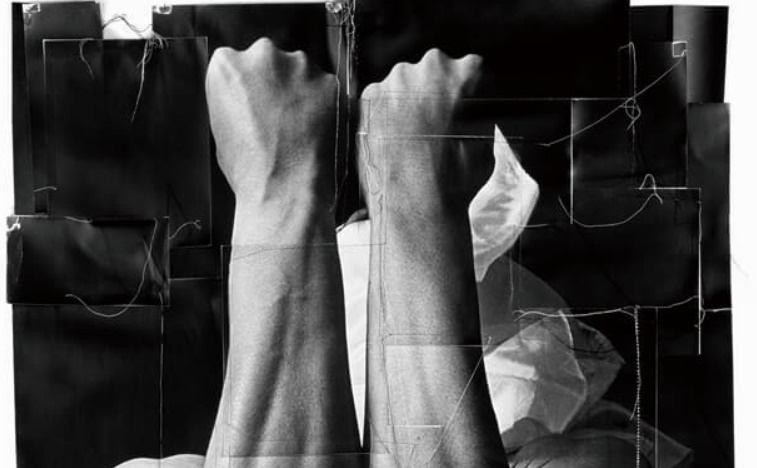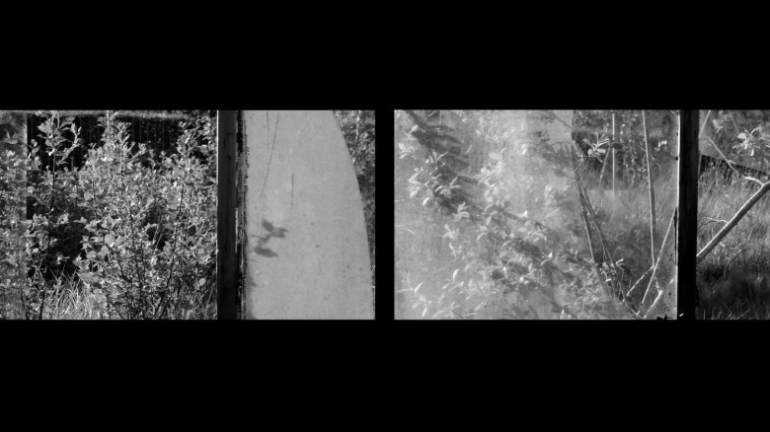Loving Vincent
Loving Vincent
Directors: Dorota Kobiela, Hugh Welchman
‘Loving Vincent’ is the first oil paint animation in cinematic history. Its
on-going success at the box office can be attributed to widespread word of
mouth, as people are raving about its unique animation. What makes this movie
even more interesting is the artistic prowess it boasts, thanks to a lengthy
audition process in which 4,000 artists were whittled down to 107. These
artists painted roughly 62,450 oil paint frames for the movie, using Van Gogh’s style and original works as a template. (Applicants included
not only professional artists, but also Van Gogh lovers from all walks of life,
including chefs, teachers, and amateur artists.)
Creating even a single oil painting can take some artists a
lifetime. Admiration and reverence for the famous artist is palpable, evident
by the fact that this movie called on tens of thousands of oil paintings - 729
alone for the opening one-minute sequence. Co-directors Kobiela and Welchman
clearly have a deep affection for Van Gogh’s life and story, which is felt throughout the film. Notably, a
relationship blossomed between the two directors during production, eventually
developing into marriage. The production process was not always smooth,
however. A few production companies went under during its 10-year gestation
period, and the directors had to move several times due to production
difficulties. The film’s budget approached or
even surpassed many live action films, a fact that is evident throughout viewing.
(Although its $5.5 million budget is indeed small compared to some independent
films in the US and Europe).
There is a story element to the film as well. Moving images
inherently need an extra stimulus to grab the viewer’s attention. Rather than focus on subjective appreciation for
the paintings, the film relies on continual movement from the oil painted
frames. This kind of structure requires a story. Ultimately, however, it is
this structure and its story that entices the viewer. The film adopts an
investigative tone and delves into the cause of Van Gogh’s death. The story is shaped by this unique structure and driven
by facts and suppositions about his life. Of course, even today there is a lot
of doubt surrounding Van Gogh, and confirmable facts are few and far between;
therefore, it is hard to define anything about him quite so easily. In
actuality, the only things we can draw on for confirmation are his paintings.
It is nearly impossible, consequently, to learn why he committed suicide, the
true intention behind his works, or who he truly was. The film introduces
several theories concerning his death, addressing both suicide and murder as
possibilities. The intention of the film is not to convince the viewer or how
he died, however. Rather, it aims to provide a deeper understanding of the
artist and man. This film delves into Van Gogh’s persona. It is complex and uneven, and the job of interpreting
it falls upon the viewer. As a viewer, ironically, this dilemma and difficulty
in interpreting brings you back to a simple, subjective appreciation for his
paintings.
One thing that is indeed clear is the directors’ and producers’ deep admiration and love for Van Gogh’s work evident throughout the film. Viewers will no doubt feel
this appreciation themselves. The birth of oil paint animation, a nearly
impossible feat, is a momentous occasion. A love and appreciation for the
medium is successfully conveyed to the viewer, and is one reason this film is
garnering widespread attention despite the lack of over-the-top promotion. This
trend is sure to continue, along with the outpouring of love for Van Gogh.
All images/words © the artist(s) and organization(s)
☆Donation: https://www.paypal.com/paypalme2/artlecture


